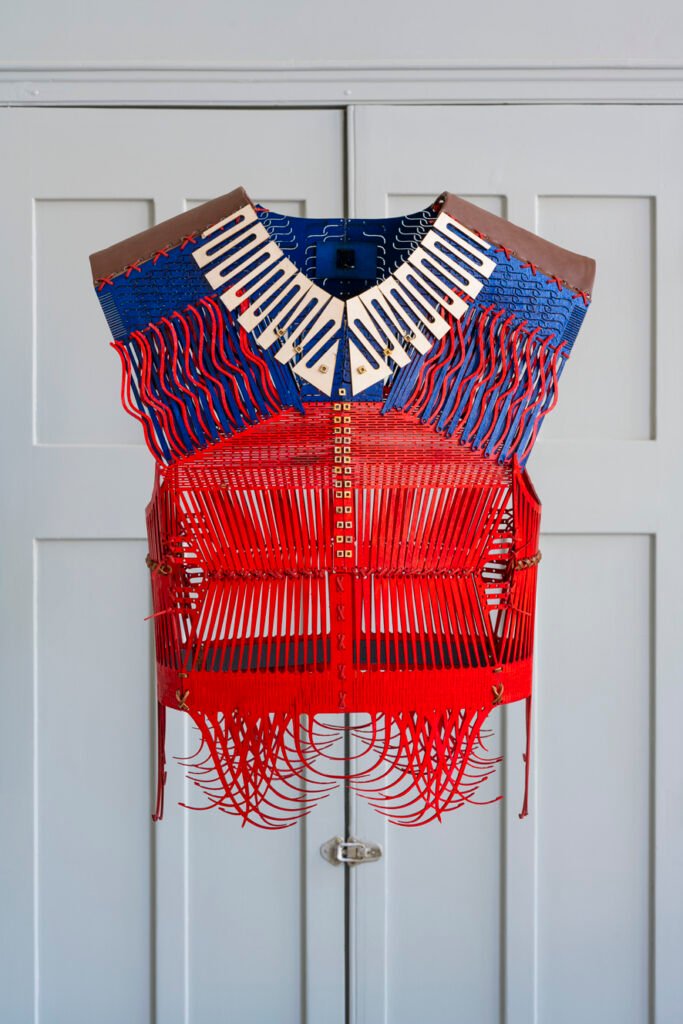
Choub (Wood in Farsi)
Immigrant integration has become a major policy issue in some host countries, and the
academic and artistic community has generated much research, experiment and art
works as solution, idea or experience for this phenomenon. However, the psychological
effect of immigration for individuals are bigger than our imagination.
The process of immigration, has different distinct but interrelated aspects—it has a felt
quality, undergone at the level of intense and sometimes unconscious feelings and sen
sibility; it involves a series of reactions, sometimes in the form of shocking confrontations,
with a new environing reality in which you must establish a new system of relations with
strangers; with unknown people and places; and it involves a profound change and also
sometime an outright disruption, in the general direction of your personal life, as guided
by aims and aspirations.
Though all these aspects are hard to experience, integration is going to happen in a
specific amount of time. It is not necessarily to lose your core but creating a “perfectly”
adapted character to new environment is the key. “core”, what is that? Your core con
sists of all those families, friends, attitudes, values and social structures which have deep
unbreakable roots in your identity.
I tend to think it’s worth keeping in mind that countries and nationality are only social
constructs which do not physically exist, and in particular that from a biological perspec
tive we are all of the same race. Once this is accepted then we will realize our responsi
bility is towards the planet as a whole and not to an arbitrary part or aspect of it… and
perhaps we would be more celebratory of our quasi-outsiders.
However, what is “perfect adaption”? It involves the balancing of their heritage culture
and the culture of the society of settlement.
This project which I named Choub (in Persian language it means wood) challenges “per
fect adaption” in destination society and my practice will address personal vision about
process of integration. With this project, I would like to show in poetic way how migration
shapes personal characters.
This wearable clothing collection reimagines wood as a flexible material. Made from 6mm plywood and designed using CAD programs, the collection consists of eight looks—16 garments.
At its core, the project draws a parallel between a migrant’s journey and the transformation of wood into clothing. Wood, like a newcomer in an unfamiliar society, is rigid and seemingly unsuited for its new purpose. Adapting to change requires reshaping, training, and evolving while still preserving one’s essence.
Blending art, material science, and craftsmanship, this project explores whether even the most rigid structures—material or human—can adapt without losing their true nature.

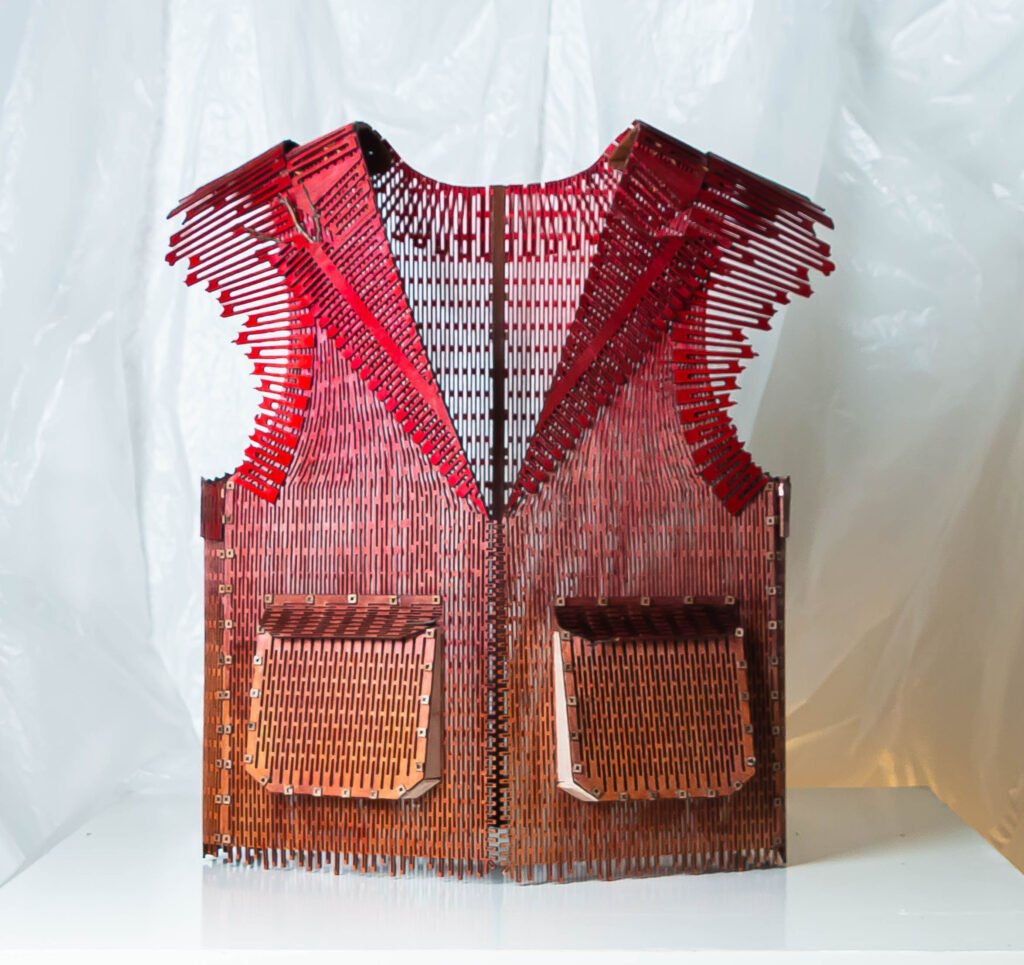
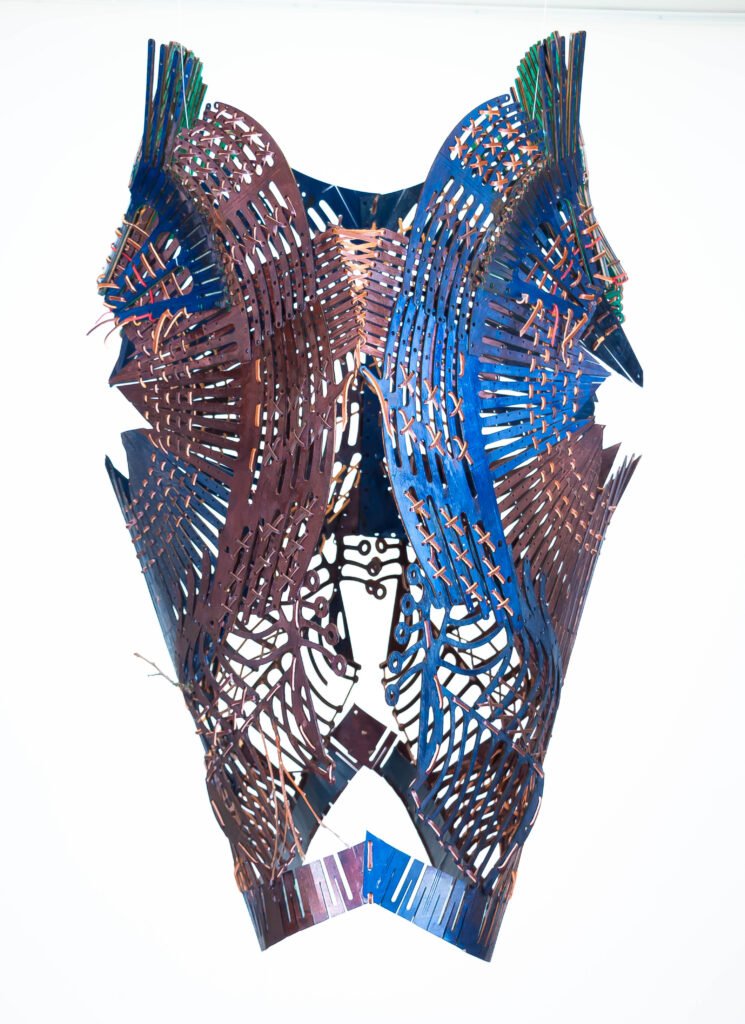
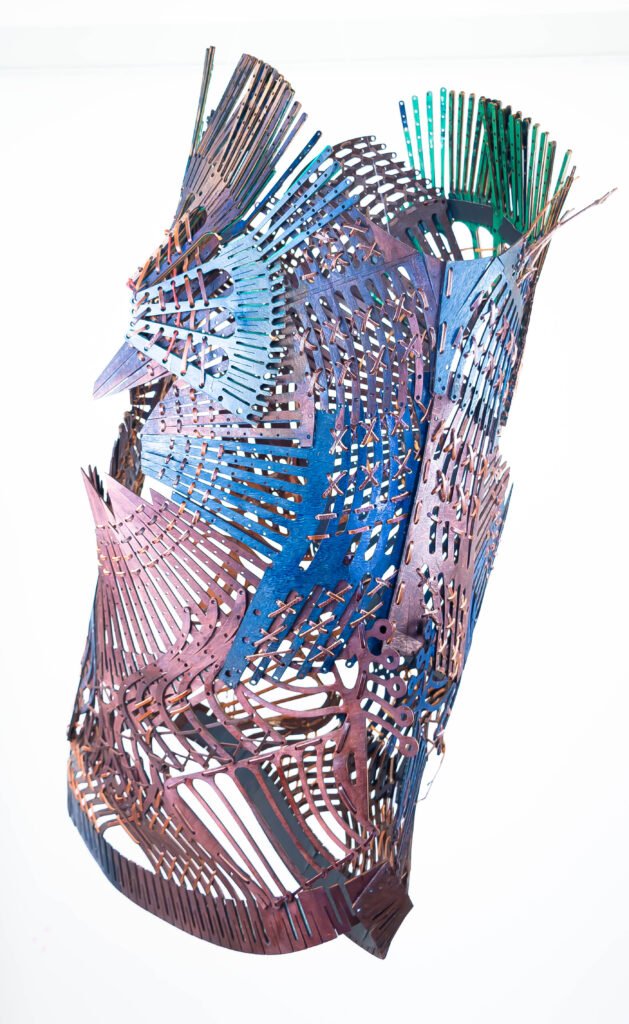



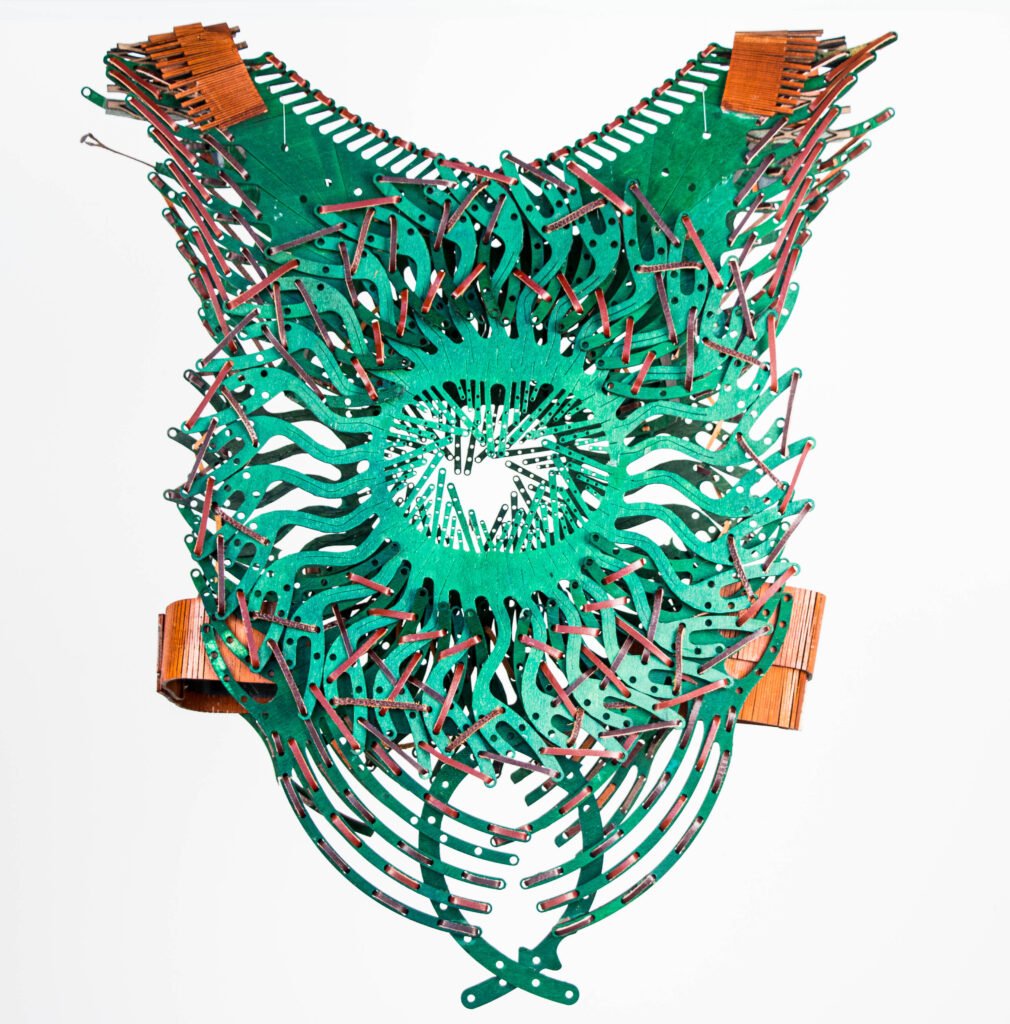

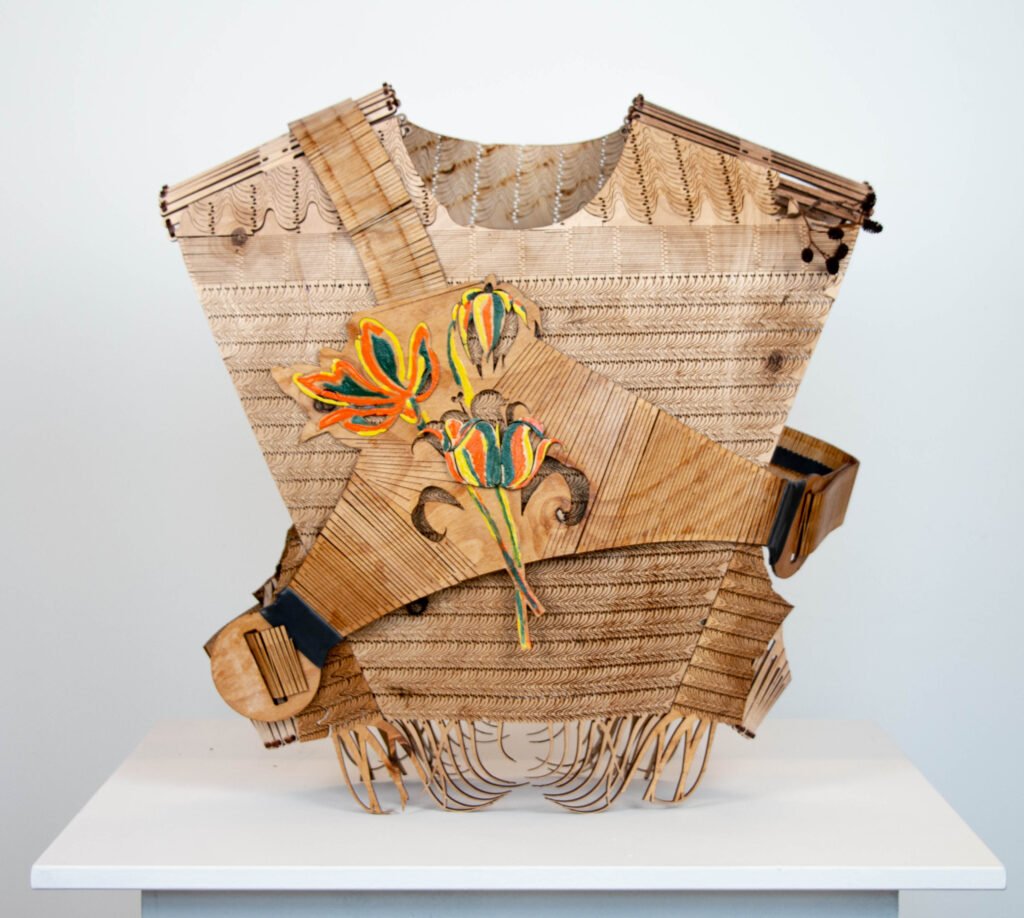




Choub reflects the migrant experience, where adaptation is essential yet must not compromise one’s core identity, values, and cultural roots. Migration demands navigating between two cultures, adjusting goals while maintaining personal integrity. Wood, an unconventional material for garments, symbolizes this process. Just as wood is reshaped yet remains itself, so too does the migrant integrate without losing their essence. Computer-controlled technology aids in material transformation, challenging perceptions of hardness and rigidity. Choub embodies the intersection of art, technology, and craftsmanship, offering a poetic vision of “ideal adaptation.”
Photo by Eddy Wenting
Powered by
Creative Industries Fund NL
Stokroos Foundation

